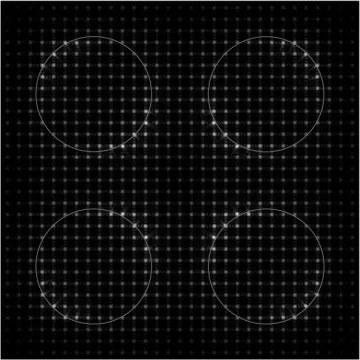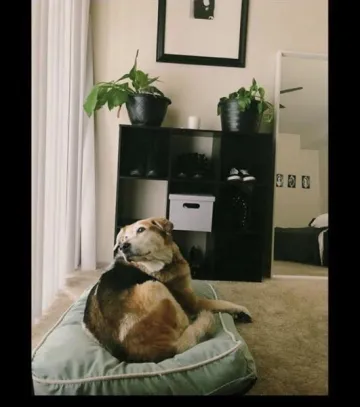Another Wavelength: Charlotte Guthery

This month in Another Wavelength, we chat with 4th year Ph.D. Student Charlotte Guthery, currently mentored by Dr. Michael Hart in the Adaptive Optics Lab and Dr. Dae Wook Kim with the Large Optics Fabrication and Testing Group.
Where are you from?
I grew up in the DC metropolitan area, in Northern Virginia and lived in Rochester, NY for my undergrad before moving to Tucson.
What brought you to study optics?
In 2015 I participated in an astronomy REU at the National Solar Observatory in Tucson. That was my first experience working on telescopes. That summer I realized I wasn’t so interested in the astronomy research, but visiting the Mirror Lab and Kitt Peak stuck with me. Shortly after the REU, I decided to apply to graduate school for optics so I could build and work on telescopes.
Who is your hero in science?
I really look up to famous photographers who are able to bridge the gap between science and art, such as Bernice Abbott, Eadweard Muybridge, and Man Ray. My undergraduate degree is in photography, but I always have a love for math and sciences. These photographers really inspired me to continue to combine these two fields during my college career.
Describe your research in 20 words or fewer.
Design wave-front sensors to estimate and correct aberrations in optical systems from randomly varying media.
Describe your research in 200 words or fewer.

Adaptive optics systems are used to correct the aberrations induced by turbulent media. Most commonly, they are used on ground-based telescopes to correct the refractive index variations in the atmosphere. One of the main components of an AO system is a wave-front sensors (WFS), which measures the structure of the atmosphere at a given time.
My research focuses on developing a new hybrid WFS (HyWFS). The HyWFS builds upon the design of two very commonly used systems, the Shack-Hartmann WFS (SHWFS) and the Pyramid WFS (PyWFS). I have been working closely with Dr. Hart on the theory and simulation of this project. Recently we have built and aligned the HyWFS in our lab, and started data acquisition. Currently I spend my time writing image processing algorithms to extract the most accurate data from the HyWFS images and reconstruct turbulence and aberrations that were applied to the system.
Name three neat facts about you.
- When I was 10 years old I started studying Shakespeare texts and acting at the Shakespeare Theatre in DC. I ended up working as a professional stage actress for 5 years, until moving away for college.
- When I started my undergraduate degree, I was planning on becoming a surgical photographer, until I had to watch a video of someone’s thumb getting sewn back on. After that, I very quickly made the decision to change the direction of my career.
- When I was growing up, my family constantly had dogs in the house. Before I left for college we had four dogs ranging from 50-180lbs. I ended up moving to Tucson with Daisy, my dog who we adopted when I was 11.
Research Caption: A simulated model of the irradiance at the HyWFS detector. The pupil positions are created by a pyramid prism and the spot patterns are caused by a lenslet array.

